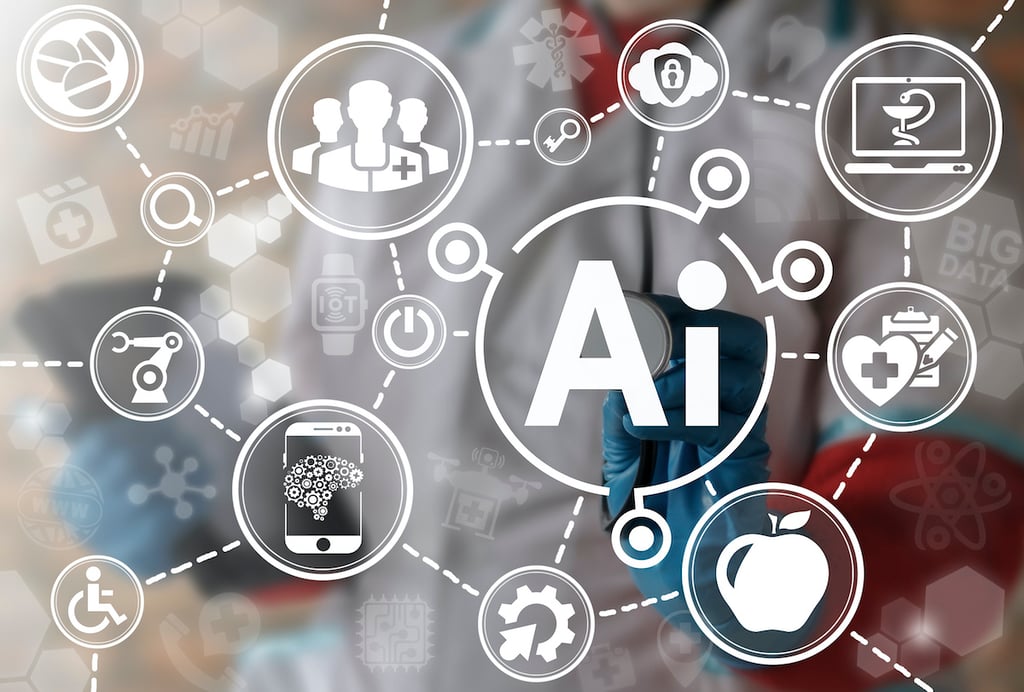It is sometimes necessary to talk about the big picture before that picture becomes entirely clear, even though those discussions tend to be conceptual and vague.
Big Data and the Internet of Things (IoT) have been separate to date – at least in the public eye – and each covers a tremendous amount of territory. The fact is, however, that they have a deep and symbiotic relationship: The mountain of data that the IoT produces would be useless without the analytic power of Big Data. Conversely, without the IoT, Big Data would not have the raw materials from which to fashion solutions that are expected of it.
The two meet somewhere in the middle.
“The intersection is where there is a need to process, transform, and analyze large sets of data on a high frequency,” wrote Wayne Adams, the senior technologist in the Corporate CTO Office of EMC Corporation in response to emailed questions.
Find the Right Strategy
The key will be finding the right strategy for harnessing the power of these two areas in a mutually beneficial way.
“There are many approaches,” wrote Ray Wang, the founder and principal analyst of Constellation Research, in response to emailed questions. “The question with the IoT is really what data you want to capture via sensors. From there, you have to figure out how to move data to information, information to insight, insight to actions so that you can augment decisions.”
A lot of money and competitive issues between companies hang in the balance. GE has just introduced Predix, a cloud-based Big Data platform aimed at industrial applications. It will rely on the IoT for much of the data it processes. “From our perspective, the industrial IoT and Big Data are inextricably linked and bound together, by technology and economics,” indicated Vince Campisi, GE Digital’s CIO for Software and Services Technology. “There’s no law saying the IoT and Big Data must be joined at the hip, but it makes sense to see them as natural partners because you can’t operate complex machines or devices efficiently without predictive analytics and you need Big Data for the analytics.”
Arnab Chakraborty, the managing director of Accenture Analytics and Global Analytics, agreed that the “exponential increase in data” generated by the IoT makes Big Data necessary. “This is where IoT intersects wonderfully with Big Data — Big Data capacity is, in essence, a prerequisite to tapping into the Internet of Things,” Chakraborty wrote in response to emailed questions. “Without the proper data-gathering in place, it’ll be impossible for businesses to analyze all of the information flowing in from embedded sensors.”

Not All at the Core
The experts see differentiation between levels of data. A certain amount of functionality can be at the edge and help in localized scenarios. For instance, information about energy usage in a building can be gathered and crunched at the local level to enable tweaks that can cut costs or improve performance. However, if the goal is to assess usage across 15 facilities to make systemic changes, the data no doubt would be sent to a centralized and far more substantial Big Data analytics engine.
It will be a case-by-case situation. “In some cases, it makes more sense to apply analytics to the data on the edge where it is nearer to the machines,” Campisi wrote. “If your IoT use case calls for real-time control or monitoring of critical devices, you’ll need to address speed and latency issues. It’s more complicated than it looks.”
The emergence of Big Data enables hidden data to be exploited, according to Aidan Quilligan, the managing director of Accenture Industrial Software Solutions. “In the factory and plant domains, historically this type of data may well have existed but not been gathered beyond the environs of the machine itself. At best, an operator could see some of the consequences and take action – often relatively late since the visible signs may have been from deterioration that was already taking place. By extracting and analyzing this data, much earlier interventions are possible, leading to much better outcomes.”
The future of Big Data and the IoT is very open. Indeed, some major structures are not even developed yet.
“In fact, we’re seeing the emergence of an ‘industrial’ cloud model,” Campisi wrote. “Unlike previous iterations of the cloud, which were built to enable consumer and enterprise IT applications focused on making office workers more productive, the industrial cloud is built around enabling applications focused on operational technology (OT) applications to drive industrial productivity like Digital Wind Farms and Brilliant Factories.”
Carl Weinschenk covers telecom for IT Business Edge. He writes about wireless technology, disaster recovery/business continuity, cellular services, the Internet of Things, machine-to-machine communications and other emerging technologies and platforms. He also covers net neutrality and related regulatory issues. Weinschenk has written about the phone companies, cable operators and related companies for decades and is senior editor of Broadband Technology Report. He can be reached at cweinsch@optonline.net and via twitter at @DailyMusicBrk.











